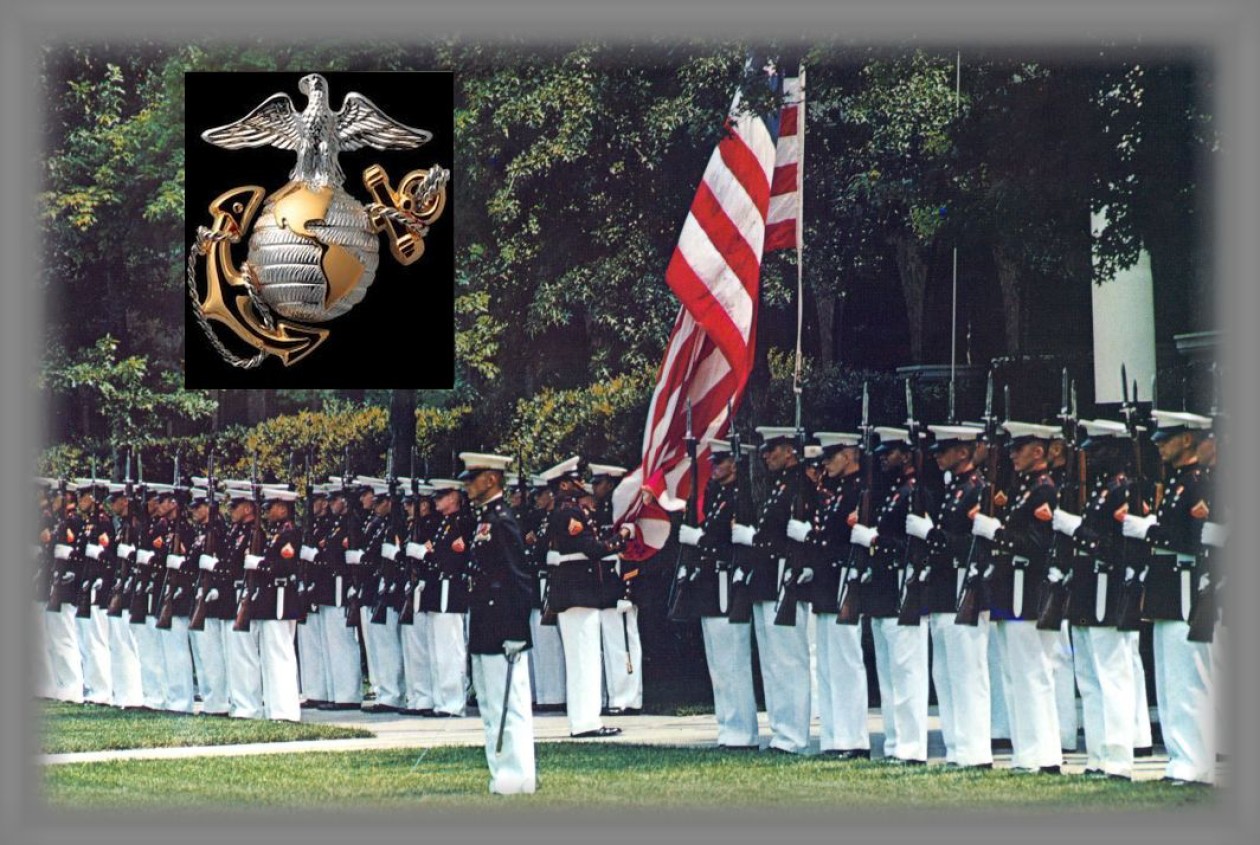I know the author of this article. We never served together in the same unit, but during our careers we were within shouting distance of one another numerous times. Gary is the kind of Marine with whom I could saddle up to the bar at happy hour on Friday night at the O’ Club and shoot the bull. By that I mean we thought alike, had the same philosophies about Marine issues such as training, conduct, discipline, leadership, and the individual Marine himself. I fully concur with Gary in everything he says in this article. In fact, I would be shocked if any of my readers are not in agreement as well.
In the book I talk about some commands in which I served and one in which I commanded that were prime examples about which Gary is talking. An undisciplined command is like the old saying, an accident waiting for a time and place to happen. My fear is that with the current direction our military is headed accidents will be the daily headline news.
The opinions expressed in this op-ed are those of the author and do not necessarily reflect the views of Military.com. If you would like to submit your own commentary, please send your article to opinions@military.com for consideration.
Gary Anderson is a retired Marine Corps colonel. He served as a special adviser to the deputy secretary of defense and as a civilian adviser in Iraq and Afghanistan.
CBS’ 60 Minutes recently broadcast a feature on accidental training deaths in the military. The segment focused on technologies that could reduce fatal vehicle accidents. Training and discipline were barely mentioned.
I think they missed the point.
Most military accidents, in my experience, occur in units with lax discipline and inept leadership. I came to this conclusion early in my Marine Corps career.
As a young first lieutenant platoon commander, I joined a company stationed in Guantanamo Bay, Cuba. The company was commanded by a former enlisted man who had risen through the ranks by doing well in combat in Vietnam. He believed in hard and realistic training but had a “boys will be boys” attitude regarding off-duty conduct.
The company lacked discipline and had a “cowboy” mentality in the field that troubled me. During a tank-infantry exercise, a Marine who was riding on the back of the lead tank fell off and was killed by a tank that was following behind. He should not have been on the vehicle to begin with.
The next day, the battalion commander called me into his office. His message was curt. “I just fired your company commander. You are the new commander. Square that mob away, or I’ll fire you too.”
I got the picture. I survived that command and went on to a few more over the course of three decades, but the lesson stayed with me. No Marine or sailor under my command ever died or was seriously injured in a training accident or while off duty. Nobody died in combat either, but I write that off to pure dumb luck. I am sure many people who served under me considered me to be a martinet, but all left under their own power, and not feet first.
I encouraged hard training, hand-to-hand combat and live-fire exercises, but all were conducted by the book. Over the years, I studied unit accident rates, and what I found confirmed my earliest observation: An undisciplined unit is an unsafe unit.
As I studied organizations that had poor safety records — and this included aviation units — there were four interrelated signs of underlying safety issues, but all are connected to leadership.
First is a unit’s incident rate. Serious incidents range from automobile accidents to off-duty bar fights.
Second is how commanders deal with such incidents, which one can find by looking at the Unit Punishment Book. If minor infractions are ignored or trivialized, an atmosphere of laxness sets in that tends to permeate the command.
A third indicator is maintenance. A commander can learn a lot about a unit by just walking around. A sloppy work area in a motor pool is a good indication that the little things in maintenance are not being attended to.
Finally, there is the attitude of the commander. “Cowboy” commanders who think that injuries or accidents in training are part of toughening the troops eventually are disasters waiting for an opportunity to happen.
The normal military response to a horrific accident is for higher headquarters to call for a “stand down” to examine safety procedures. This has always seemed to me to be a case of closing the barn door after the horse has escaped. If senior commanders would begin looking at the real causes of problems by spending time talking to the troops and poking around in their workspaces before accidents happen, we might prevent some of these events such as the five recent mishaps aboard the USS Carl Vinson.
One of the primary problems leading to a lack of leadership is command climate surveys. Too many commanders are more concerned with being popular than running tight ships, as the surveys can be critical to their career advancement. Gen. George S. Patton and Adm. William “Bull” Halsey likely would never have survived today’s command climate evaluations.
This brings me back to the Vinson. If the fleet commander would visit the ship and look at the indicators noted in this article, I think that he would find that several, if not all, are present in the Carrier Air Group — if not among the ship’s total complement.
Fortunately, no one has been killed … yet. This does not mean that the commanders are inherently bad, but they probably want more to be liked than respected or feared.
In war, a commander’s job should be to accomplish the mission with the least possible casualties. In peace, it should be to accomplish the mission without killing anybody.
The Three M’s; Mission, Men, Myself
Originally posted 2022-02-15 09:47:59.




